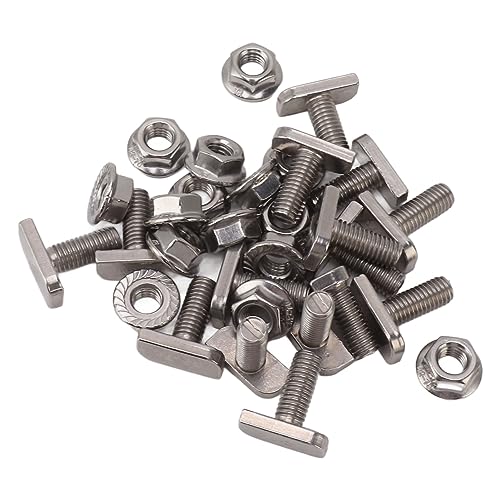AttitudeAllStar
Member
Hi All,
I'm at the cabling stage of my renovation. I have an old boiler and pump which just plug into a twin external socket. That socket is wired back to a 3A FCU and on to a 20A MCB. That MCB is housed in a small CU in an old kitchen extension with three or four other MCB's, which is wired back to the main CU on it's own 40A MCB.
As I'm changing the location of the kitchen, the boiler/pump circuit will be removed from that small CU, and either joined as a fused spur on the hallway or new kitchen circuit, but I think regs might state it needs its own dedicated 3A fused circuit?
The options due to access and potential damage are:
(1) hallway 20A MCB (protected by a 63A RCD) which currently has just two twin sockets used by a washing machine and a dryer.
(2) kitchen 20A MCB (protected by 63A RCD) which will have a higher load - dishwasher, 4x available twin sockets, microwave, fridge freezer, kettle etc.
(3) Run a 3 core 2.5mm sq back to the CU through the ceiling joists (about 16 metre run), and have the 20A MCB moved to the main CU (or change to a 16A).
Option 3 is probably the best move?
AA
I'm at the cabling stage of my renovation. I have an old boiler and pump which just plug into a twin external socket. That socket is wired back to a 3A FCU and on to a 20A MCB. That MCB is housed in a small CU in an old kitchen extension with three or four other MCB's, which is wired back to the main CU on it's own 40A MCB.
As I'm changing the location of the kitchen, the boiler/pump circuit will be removed from that small CU, and either joined as a fused spur on the hallway or new kitchen circuit, but I think regs might state it needs its own dedicated 3A fused circuit?
The options due to access and potential damage are:
(1) hallway 20A MCB (protected by a 63A RCD) which currently has just two twin sockets used by a washing machine and a dryer.
(2) kitchen 20A MCB (protected by 63A RCD) which will have a higher load - dishwasher, 4x available twin sockets, microwave, fridge freezer, kettle etc.
(3) Run a 3 core 2.5mm sq back to the CU through the ceiling joists (about 16 metre run), and have the 20A MCB moved to the main CU (or change to a 16A).
Option 3 is probably the best move?
AA
Last edited:
































































